期刊:Computational and Structural Biotechnology Journal Volume 23, December 2024, Pages 2122-2131
作者:Xiaodong Wang, Xiangrui Gao, Xuezhe Fan, Zhe Huai, Genwei Zhang, Mengcheng Yao, Tianyuan Wang, Xiaolu Huang, Lipeng Lai
時間:2024.05.16
B-cell epitope identification plays a vital role in the development of vaccines, therapies, and diagnostic tools. Currently,?molecular docking?tools in B-cell epitope prediction are heavily influenced by empirical parameters and require significant computational resources, rendering a great challenge to meet large-scale prediction demands. When predicting epitopes from antigen-antibody complex, current artificial intelligence algorithms cannot accurately implement the prediction due to insufficient protein feature representations, indicating novel algorithm is desperately needed for efficient protein information extraction. In this paper, we introduce a multimodal model called WUREN (Whole-modal Union Representation for Epitope predictioN), which effectively combines sequence, graph, and structural features. It achieved AUC-PR scores of 0.213 and 0.193 on the solved structures and AlphaFold-generated structures, respectively, for the independent test proteins selected from DiscoTope3 benchmark. Our findings indicate that WUREN is an efficient feature extraction model for?protein complexes, with the generalizable application potential in the development of protein-based drugs. Moreover, the streamlined framework of WUREN could be readily extended to model similar biomolecules, such as?nucleic acids, carbohydrates, and?lipids.


